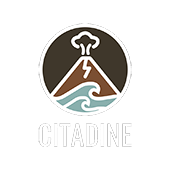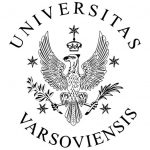
In order to achieve the project goals, a software will be designed and implemented that can be used to enrich existing quantitative information on disasters with qualitative experiences in the form of live cases narrated by survivors, and historic (multi)media documentations such as texts, photographs and films on disasters. In order to make this information usable, relevant meta data needs to be provided for each contribution, and the information needs to be archived in an easy to use data base, that allows for an intuitive (visual) presentation of its inputs. In order toassure that a critical amount of input is generated (and used) in all participating regions, an organizational concept involving educational institutions like schools, and universities, as well as volunteer organizations, will be developed and tested. The expected advantage of the proposed approach is that it will become clearer to all stake holders what a disaster actually means for the everyday lives of the population. Instead of just relying on disaster statistics, the impact of a potential disaster becomes audible and visible. Multimedia materials from the system can be used to create exhibitions on the local relevance of disasters, which can be used to communicate existing risks to (younger) citizens, as well as politicians and other decision makers, such as urban planners. An additional benefit will be that the information available can be used to support the revitalization process of degraded or abandoned areas, so that lessons from past disasters can be learned and planning mistakes of the past can be mitigated or avoided. Best practices based upon experiences with and from nature can be identified and taken into consideration during the planning process.
The CITADINE project involves the following partners:
 Michael Klafft, michael.klafft@jade-hs.de
Michael Klafft, michael.klafft@jade-hs.de
Gabriele Ernstorfer, ernstorfer@jade-hs.de
Jade University of Applied Sciences





